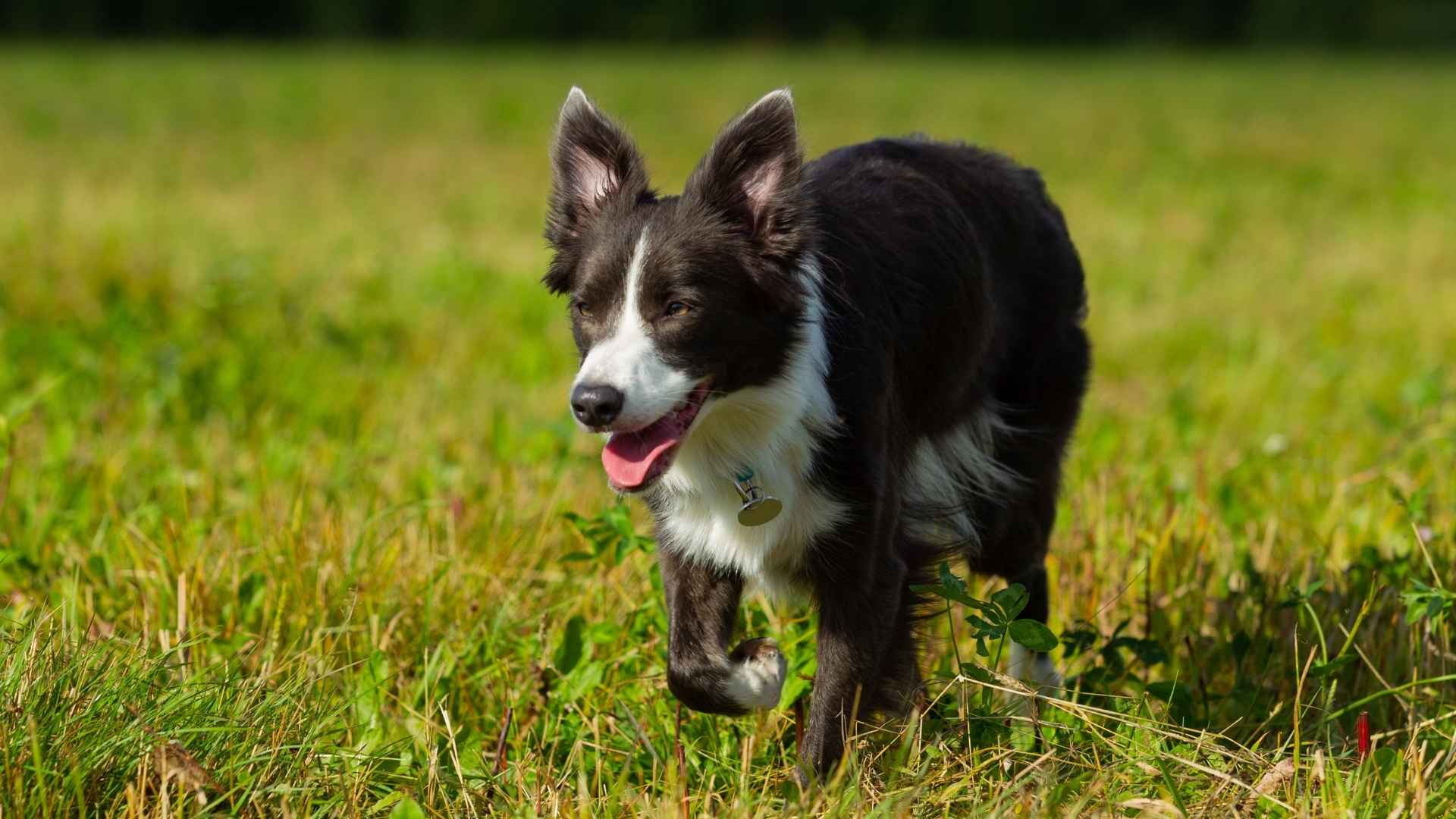Does your dog spring into action the second a squirrel bolts across the yard or a bird takes flight? That unstoppable urge to chase, pounce, and pursue is known as prey drive—a deeply ingrained instinct in many dog breeds. Some dogs were originally bred to hunt, herd, or track small animals, which means that chasing things isn’t just a hobby—it’s in their DNA.
In fact, over 50% of dogs show strong hunting and chasing instincts, according to a study of 1,875 dogs. That explains why a walk in the park can turn into a sudden sprint through bushes or why your dog ignores everything when a rabbit appears.
While this behavior can be a challenge, it doesn’t mean your pup can’t become a well-mannered companion. With proper training, structured exercise, and understanding, high prey drive dogs can thrive in a home with other animals and even other dogs.
In this article, we’ll explore the dog breeds that are most likely to chase small animals, what makes them tick, and how to help them channel that boundless energy into something productive.
Dog Breeds That Love The Chase
1. Greyhound
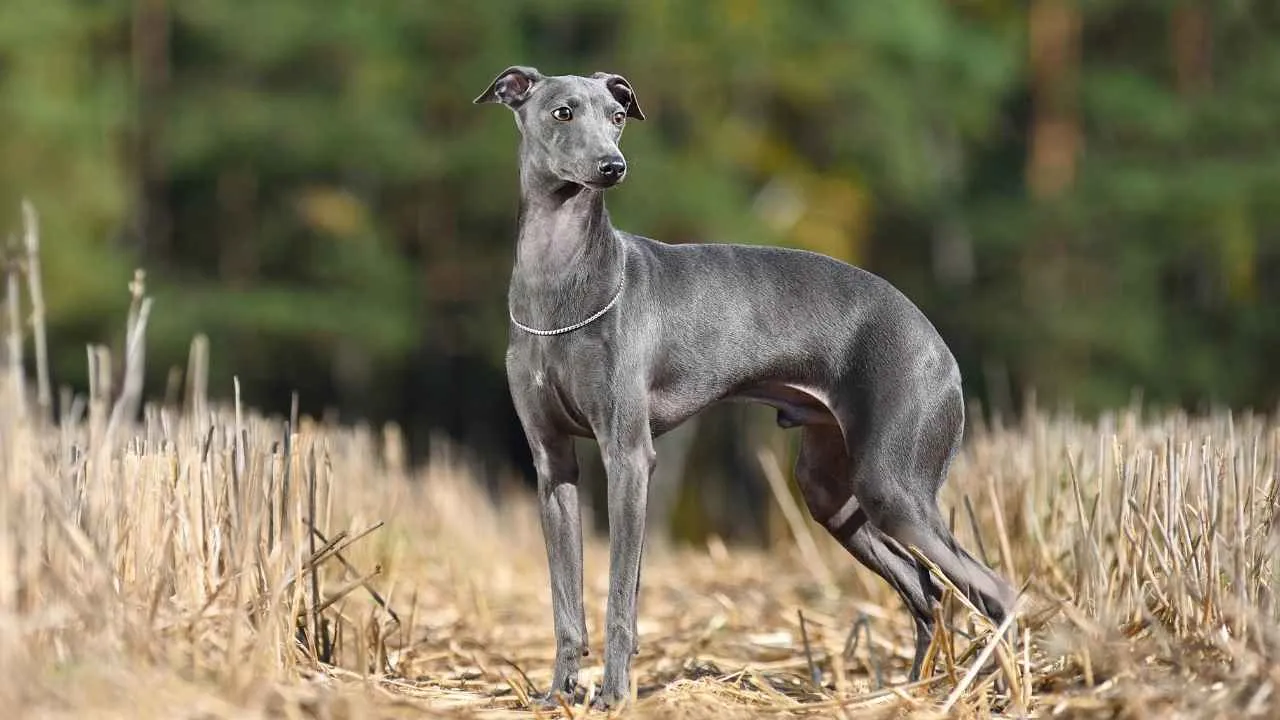
The Greyhound is the fastest dog on Earth, known for its sleek build, long legs, and unmatched sprinting ability.
This breed has a history that spans nearly a thousand years and was originally bred for hunting, coursing, and later, greyhound racing. With excellent sight and extreme speed, Greyhounds were designed to spot and chase small animals across open land.
Despite their intense prey drive, Greyhounds are calm, gentle, and surprisingly suited for home life. They get along well with other dogs and are often recommended for senior owners due to their sweet-natured personalities, once they’ve had proper exercise.
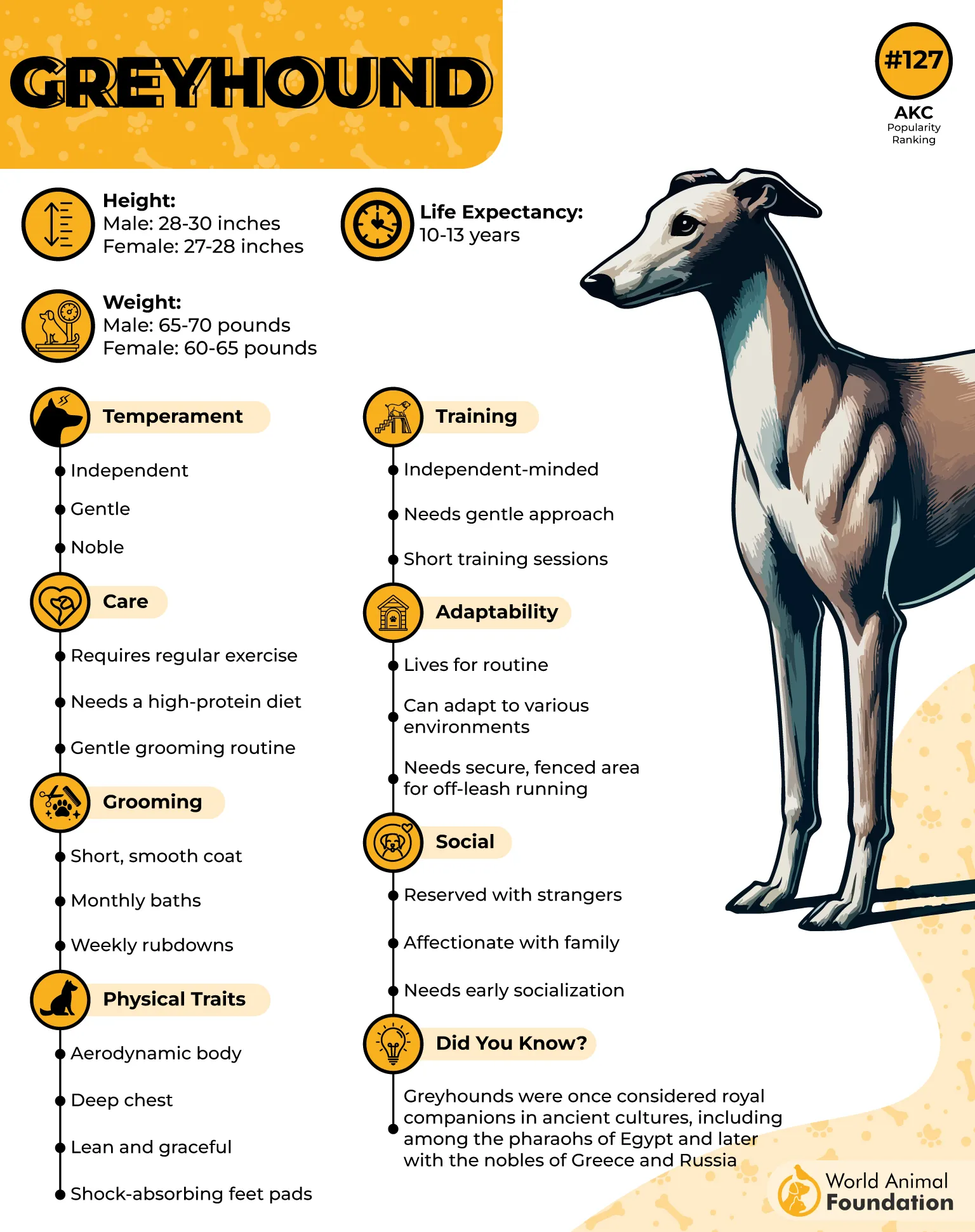
During research into prey drive, the chase instinct appeared as the most commonly discussed behavior. In breeds like the Greyhound, selective breeding has enhanced their ability and desire to chase, but what drives this behavior remains unclear.
Some may chase simply because it feels good, while others may be focused on the goal of catching their prey. The motivation can vary between individual dogs.
2. Afghan Hound
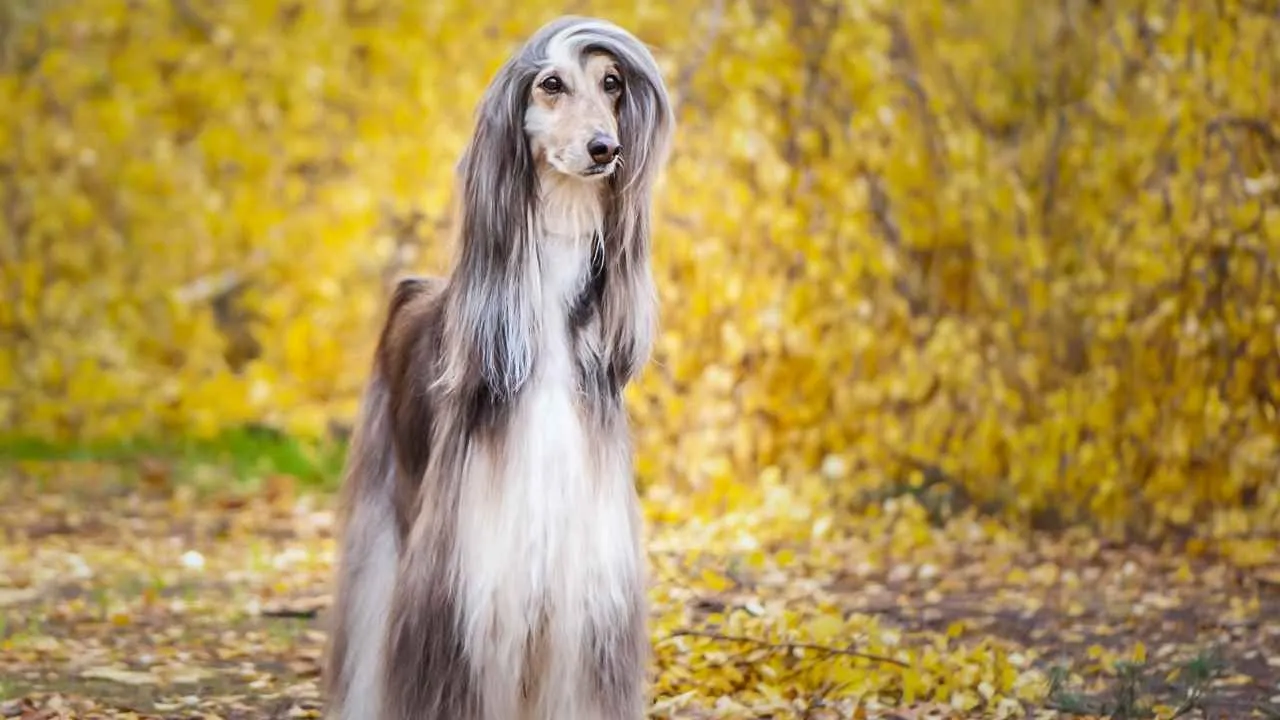
The Afghan Hound is one of the oldest known dog breeds, instantly recognizable by its long, silky coat, narrow face, and elegant posture. Originally from the mountains and deserts of Afghanistan, this breed was originally bred for coursing and hunting small animals across rough terrain.
With excellent sight, speed, and independence, Afghan Hounds were used to track foxes, deer, and even leopards in their native region.
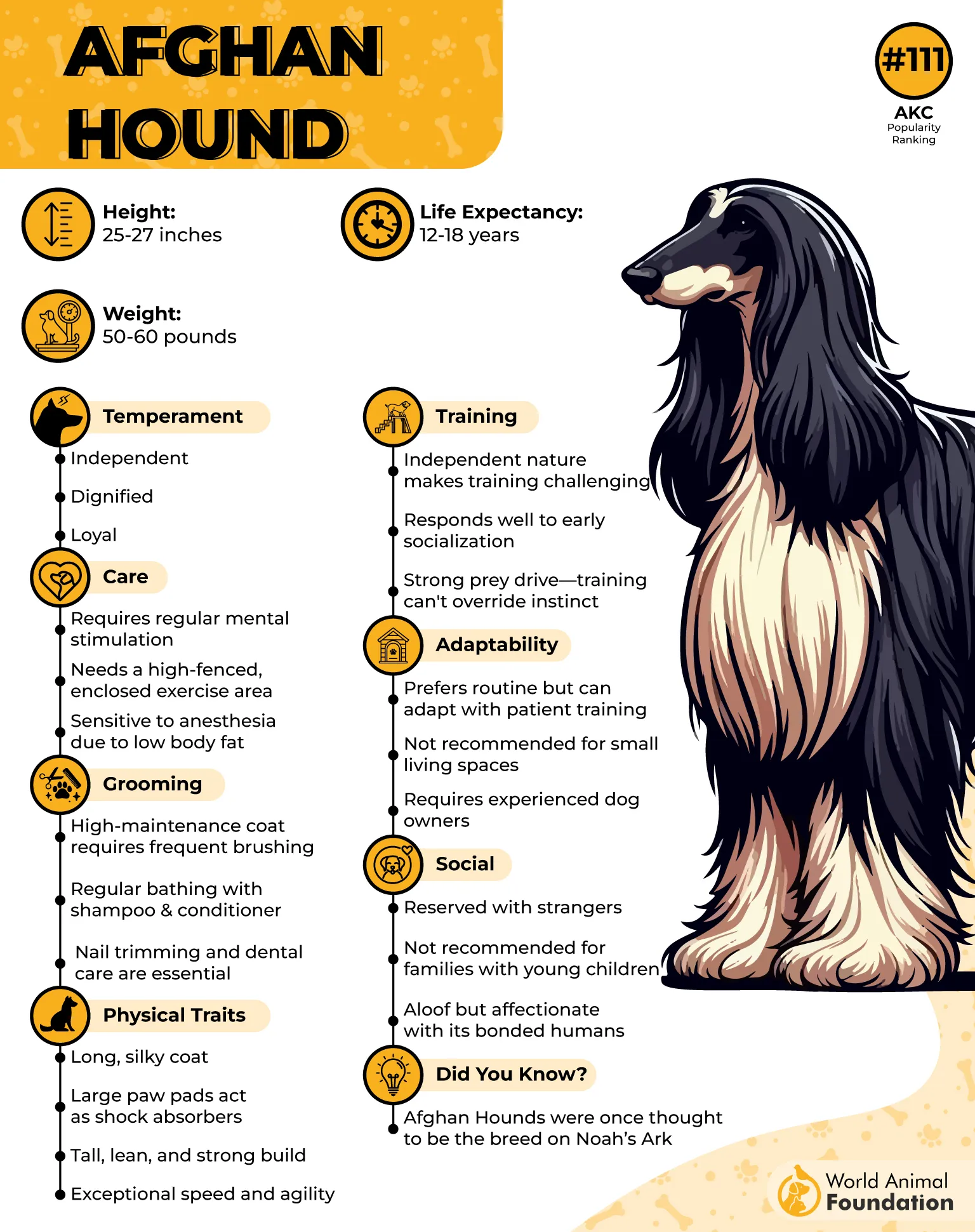
Though their graceful appearance suggests a quiet, reserved dog, Afghan Hounds are known for their surprisingly silly, playful personalities. However, their strong prey drive makes them prone to darting off if they spot other animals, making leash use essential unless they’re in a secure, fenced area.
This breed is highly energetic and needs regular exercise to stay healthy and content. Along with their physical needs, Afghan Hounds require daily coat care. Their long hair tangles easily, so brushing is needed every day, along with frequent baths to keep their coat in good condition.
3. Siberian Husky
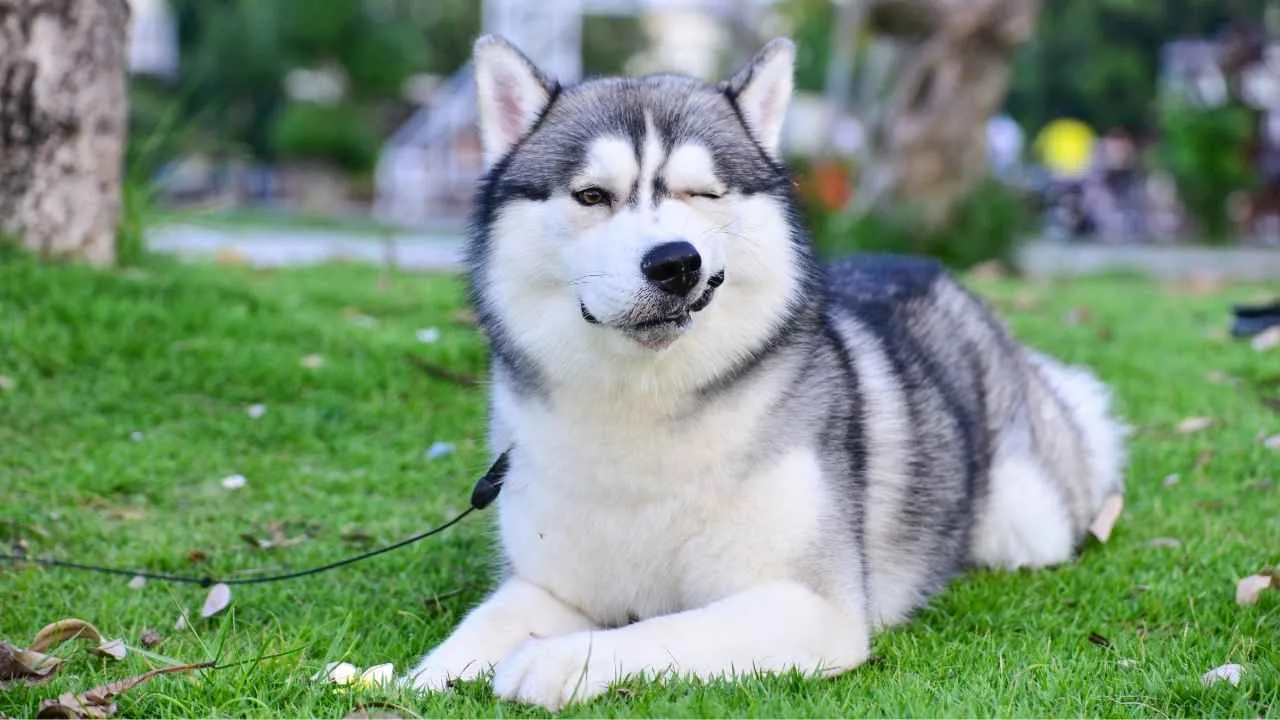
Britannica states that the Siberian Husky is a strong and graceful working dog, originally bred by the Chukchi people of Siberia to pull sleds and herd reindeer in harsh arctic conditions. With their erect ears, dense coat, and striking facial markings, Huskies are not only beautiful but also built for endurance and agility.
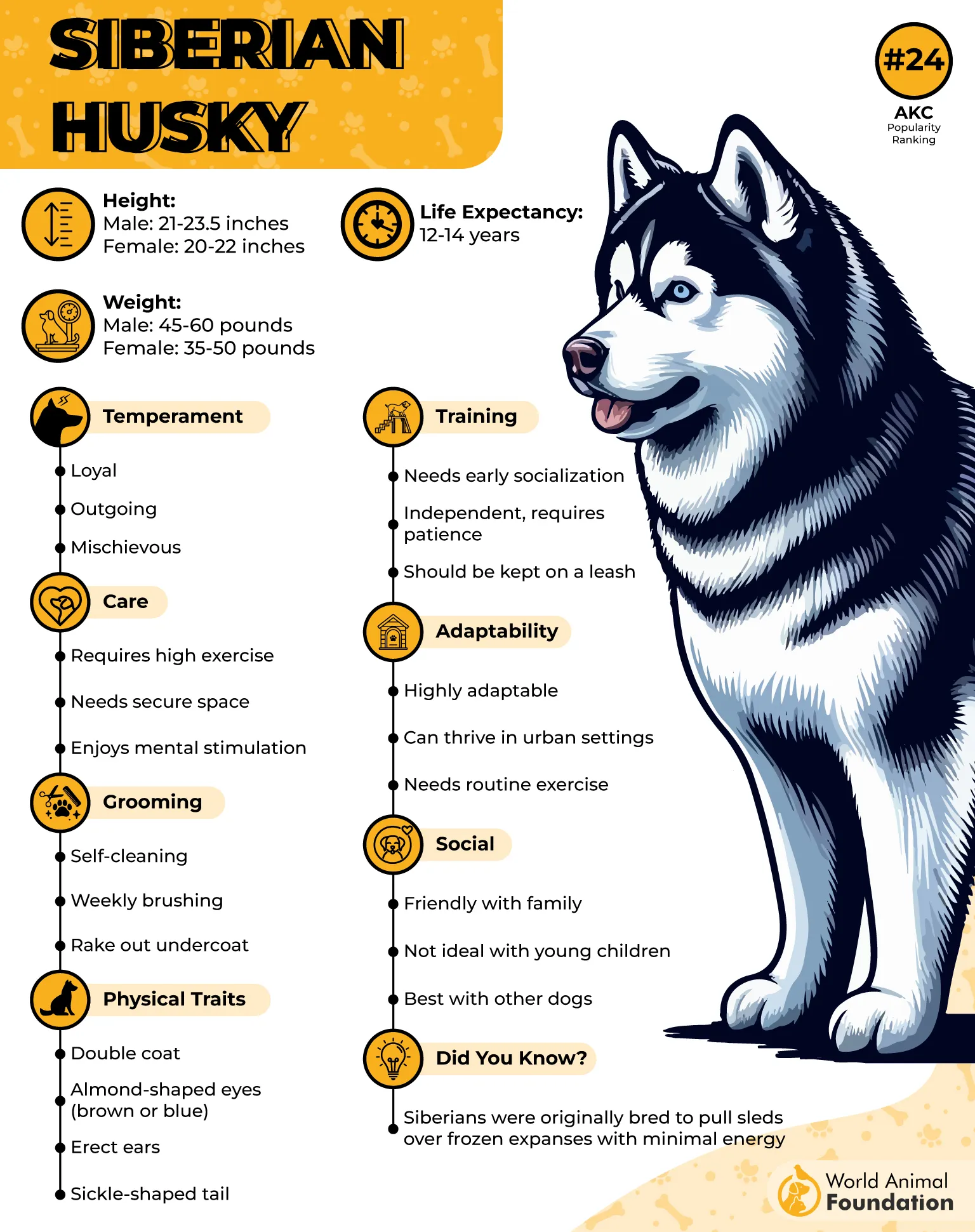
This breed is known for its high prey drive. Though friendly and intelligent, Siberian Huskies have a strong instinct to chase small animals such as squirrels, chickens, and sometimes even house cats.
While they can live peacefully with other animals, early introductions and proper training are essential to keep everyone safe under one roof.
Huskies are independent and energetic, often requiring plenty of exercise to stay mentally and physically balanced. Without enough activity, they may become bored and destructive. They are also known for their vocal nature—many enjoy howling, “talking,” and being part of a lively household.
4. Saluki
According to PetMD, the Saluki is one of the world’s oldest dog breeds, believed to have originated around 7,000 BC—making it older than the Egyptian pyramids.
This ancient breed likely comes from the Middle East, Egypt, or Asia, and was highly valued by royalty. In ancient Egypt, Salukis were even mummified to accompany pharaohs into the afterlife.
Bred to hunt game like gazelles in harsh desert environments, the Saluki is elegant but rugged. With a top speed of up to 40 mph, they were once relied on to chase down fast-moving critters across open terrain. That history explains their extremely high prey drive, which is still very much present today.
Modern Salukis enjoy chasing squirrels and rabbits, but also need time to rest and play. They can be reserved with strangers and children, and tend to bond best with active singles or couples. While they may live with pets like cats, proper introductions are essential.
5. Pharaoh Hound
The Pharaoh Hound is an ancient dog breed that originated around 3000 BC in the Mediterranean region. Although its name suggests Egyptian roots, the breed has been the national dog of Malta since 1979, where it was traditionally used by Maltese hunters for rabbit hunts.
Despite their long line of hunting heritage, Pharaoh Hounds today are more relaxed and enjoy spending time with their human companions.
However, their strong prey drive still gives them a natural tendency to chase critters like squirrels and rabbits.
This is not a breed for everyone, and choosing one shouldn’t be a casual idea. Owners must be ready to lead with confidence and provide mental and physical outlets for their instincts. Activities like hiking can help fulfill their need for stimulation.
It’s important to note that hunting with dogs like the Pharaoh Hound has been considered illegal in some areas, depending on the type of wildlife involved, so always check local laws before engaging in field activities.
6. Border Collie
The Border Collie is widely regarded as one of the most intelligent dogs in the world. Originally developed along the border of England and Scotland, this breed was specifically bred for herding sheep across wide, rugged landscapes with precision and focus. AKC says that their intense stare, known as “the eye,” helps them control livestock with minimal force.
Among certain breeds, Border Collies stand out not just for their intelligence but also for their high energy and strong work ethic. Without enough mental and physical stimulation, they may begin to herd objects, people, or even puppies in the home.
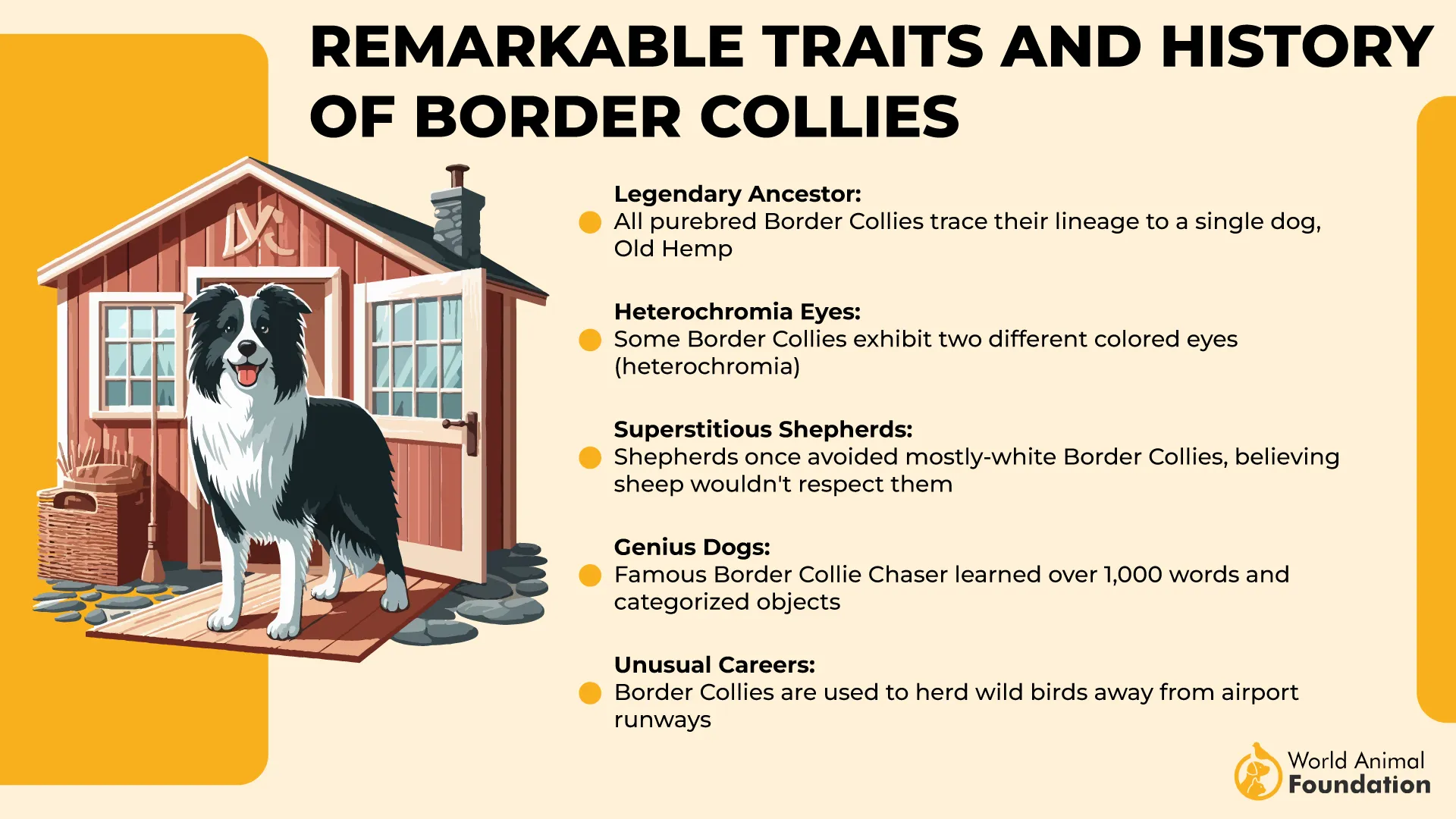
Before adopting a Border Collie, it’s important to understand the level of commitment required. This is a warning to those considering the breed: these herding dogs need a job to do, and without one, they may become restless or frustrated.
7. Australian Cattle Dog
The Australian Cattle Dog is a compact yet muscular breed developed to run tirelessly while managing livestock across rough terrain. Known also as the Blue or Red Heeler, this breed traces its ancestry to Australia’s wild Dingo and was originally bred to control cattle by nipping at their heels.
These dogs are incredibly intelligent and energetic. Without proper outlets, they can become bored and destructive. Owners must be prepared to engage them in structured sports, challenging tasks, or regular exercise. Whether it’s agility, lure coursing, or long-distance running, the Australian Cattle Dog needs a lot of stimulation to stay balanced.
They’re highly loyal and alert but can be wary of strangers. Proper socialization from a young age is important to prevent unwanted behaviors. When not given work, they may turn their natural instincts toward herding small animals or children, especially if adopted without boundaries.
Conclusion
Dogs with a high prey drive can be incredibly fun, energetic, and loyal companions, but they do require commitment and understanding. Their natural urge to chase, hunt, and stay active is not something that disappears with age or training. Instead, it needs to be managed with proper training, socialization, and plenty of physical and mental exercise.
Apart from the dogs mentioned above, there are other breeds as well that love the chase. These include the German Shepherd, Jack Russell Terrier, German Shorthaired Pointer, Australian Shepherd, and Beagle.
Whether you’re considering adopting one of these driven dogs or already live with one, it’s important to give them a healthy outlet for their instincts. From structured sports to puzzle toys or focused play, these strategies help ensure that both the dog and owner enjoy a safe, rewarding relationship built on respect and trust.


